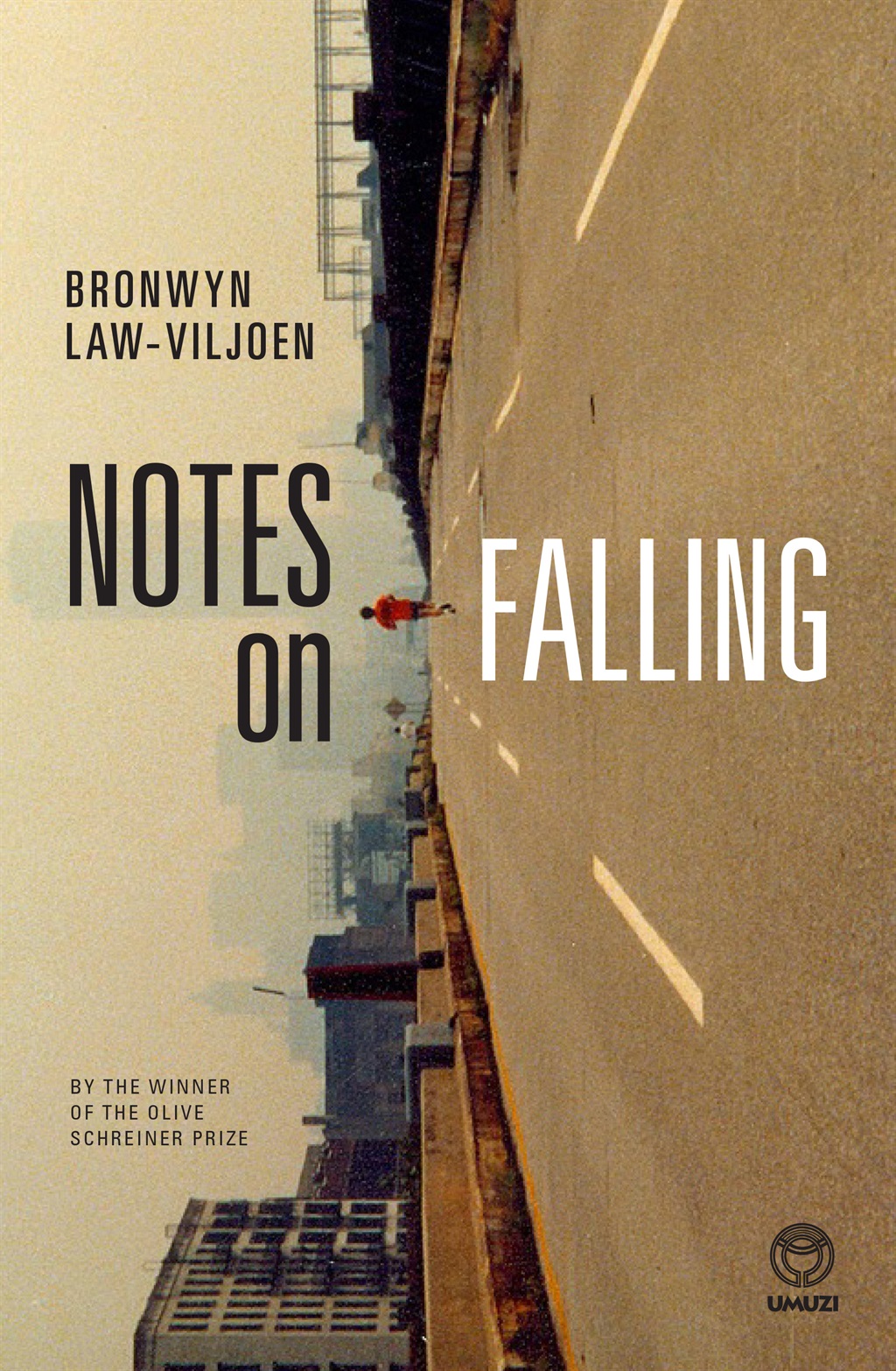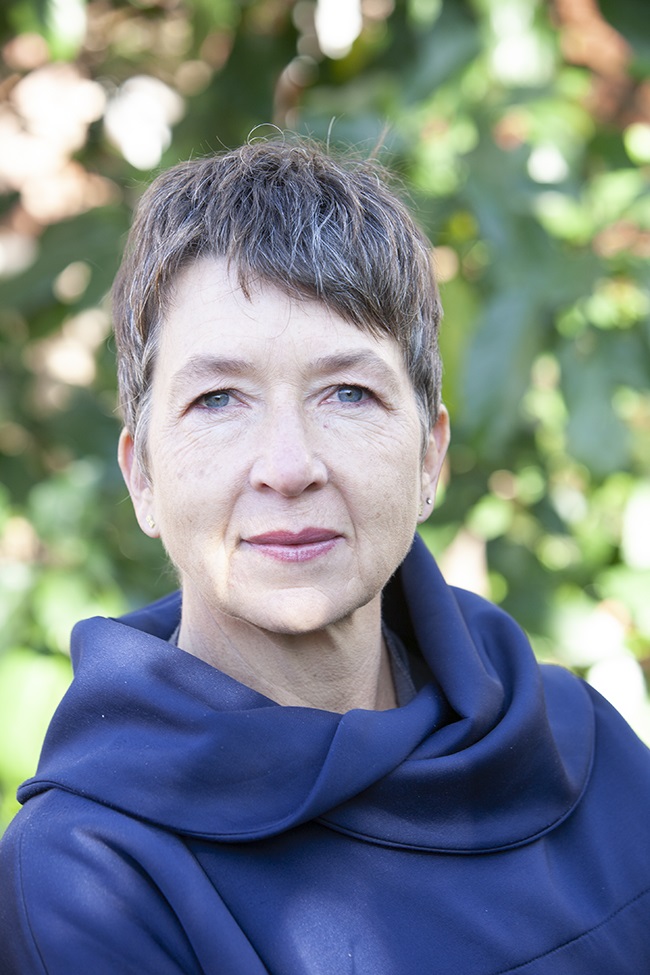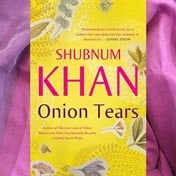
BOOK: Notes on Falling by Bronwyn Law-Viljoen.
In Bronwyn Law-Viljoen’s just-launched new novel, Notes on Falling (Umuzi), Thalia, adrift in a small university town in South Africa in the 1990s, heads to New York to study photography and to pick up the faint trail left for her by someone she has never known. Robert is a photographer in New York in the 1970s, desperate to make memorable images in a time of spectacular experimentation in dance, music and theatre. Paige leaves South Africa in the 1970s to pursue her dream of being a ballet dancer. Unknown to them, Thalia, Robert and Paige share a story that links them to one another, to the turbulent worlds of New York in the 1970s and South Africa in the 1990s and, finally, to the photographs that hold the secrets of their lives. Here Law-Viljoen, who is a professor of creative writing at Wits, talks about aspects of her writing process.
At the start of a new fiction project, there is always a piece written quickly, assuredly, with little hesitation, and with the euphoric feeling that comes with knowing one has found somewhere to begin. I am a slow writer and a compulsive editor, so I try not to stop too often. I press on even if I am doubtful. I write furiously, admonishing myself when I seem about to fall into the old habit of editing sentences as they appear. I want to discover what it is I am going to be writing about, who is in the story and what they are doing there.
Usually, it is a character who drives this text, the first person of a new story. I am following her, tracing the contours of her mind, beginning to have a sense of what she looks like, though I don’t divulge this just yet. I am allowing this new character to do something, because it’s in the doing that personality is revealed. Is she running, perhaps, and if so, where to and how fast? Is this flight or exercise? Is she driven by a competitive streak, a need to run faster than the last time? Or does she not take note of how fast she is going? Because she doesn’t care, she’s not competing with anyone, least of all herself. When she runs, does she fix her attention on objects, buildings, the urban furniture she passes? Or is she inward-looking? Is there something that occupies her thoughts, so that she fails to notice how cold it is?
She’s remembering something, someone, an argument. She’s nursing a feeling of resentment, or regret. She has an old injury perhaps, a niggling pain in her ankle, or her knee. It’s not serious enough to stop her, but it does make her cautious of the terrain, the dips and divots in the path she is running. The path is in a city, it is late afternoon. No, later, early evening so that rush-hour traffic stops her at the streets she has to cross to get where she is going.
And where is she going? Is this simply there and back, a distance she has mapped out in her mind and run several times? Or is there a point, a landmark that she aims for? She has run towards this point every day for the last few weeks and so it has become a goal. But there’s something else. She knows about this landmark, it’s important. It’s lodged alongside a memory of someone. It produces longing. Or maybe anger at something not said, or something said and regretted. No, her interest in this thing – this building, this bridge, this bench – is not emotional but intellectual. She’s curious. She knows of a famous person who lived there or crossed there or sat there. So, she runs towards it every evening partly because she’s trying to stay fit, but also because she’s compelled to go there for reasons both ordinary and, dare I say it, symbolic.
There are two possible fates for this first piece, this ur-text. The first – the outcome most hoped for – is that it is lodged firmly in the story. It is an anchoring text, a piece of writing that initiates the world of the novel and the characters who enliven it. It is integrated seamlessly into a chapter or section, and it determines some of the most important stylistic choices about the project.
The second fate is that it is reluctantly abandoned, sometimes after years in which it is returned to, tinkered with, edited, honed, amended, polished. It has been mistaken for an ur-text. Or perhaps it is that, but just not one that should remain. It has indeed been foundational, but the writing that comes after it is different in tone and style, and no amount of smoothing over and reworking can make it behave the way other parts of the novel do. And so, at the 11th hour – and with the help of a sharp-eyed and dispassionate editor who has no sentimental attachment to this beloved and infuriating piece of writing – it must be jettisoned so that the story can, finally, float free.
Read an excerpt from Notes on Falling here.
This article was originally published in The Penguin Post, a magazine about books for book lovers from Penguin Random House South Africa.




 Publications
Publications
 Partners
Partners













